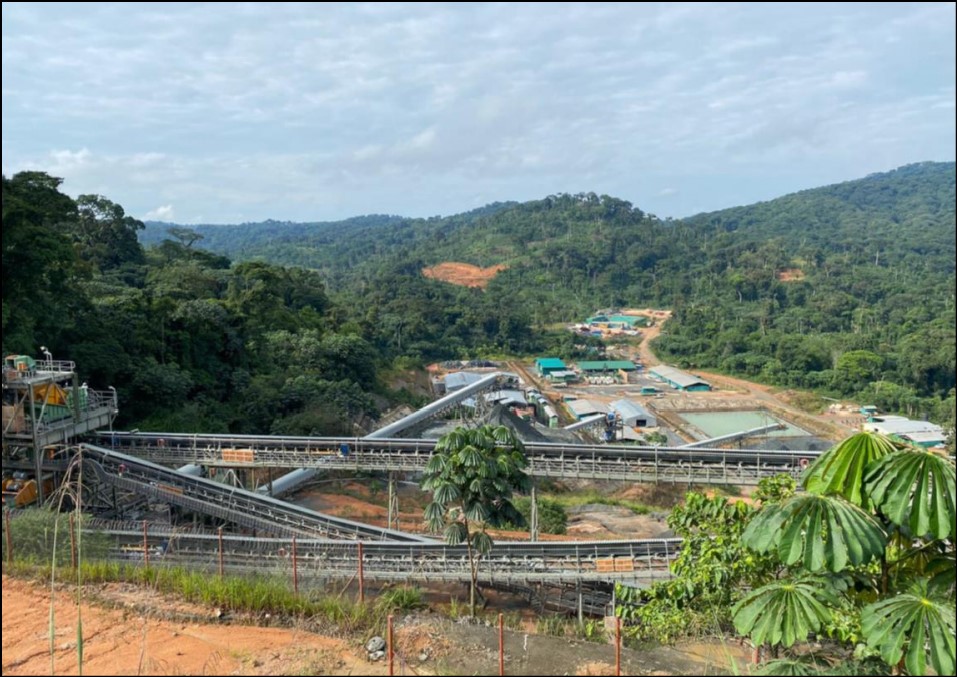Case study: Gekko IPJ boosts efficiency at Bisie tin mine in Congo


The Bisie tin underground mine is located in Walikale District, North Kivu province of the Democratic Republic of Congo (DRC). Bisie is one of the world’s biggest tin deposits.
Alphamin Resources holds 80.75% stake in the project through its subsidiary Alphamin Bisie Mining, while the DRC government and Industrial Development Corporation of South Africa hold 5% and 14.25%, respectively.
The Bisie tin project is being developed in three phases. The first phase focuses on developing the Mpama North region. Mpama North is producing approximately 10,000 tonnes contained tin per annum since 2019.
The second phase is underway with the Gekko automated in-line pressure jig (IPJ) forming part of the new plant.
The original IPJ circuit design was to pre-concentrate the tin at a metal recovery of >90%. The circuit included the IPJ 2400 (rougher jig) and IPJ 1500 (cleaner jig) fed at –10mm from the three-stage crushing circuit.
During the latter stages of commissioning the first phase, it was found that the actual rougher jig performance (on its own) was exceeding the design performance of the rougher-cleaner circuit, this was due to the fine-tuning ability of the IPJ hydraulic jig that allows for the motion of the bed to be set up controlling:
The ragging density was also optimized as an extra dimension that allows for a sharp cut point.
Combined, these parameters allowed Bisie tin to pick the exact cut-point that it required to optimize the feed to the gravity plant (although the jig is also a gravity device it was seen as a separate jigging plant). The gravity plant requires a stable exact feed for optimal performance. The IPJ could take a variable feed (3% to 7%tin) and turn it into a stable known concentrate that the site selected. This makes it possible to set up the spirals and shaking tables with minimal changes required.
Exceptional improvements to mine operating costs, process efficiencies and recoveries are achieved by preconcentrating deposits using the IPJ. Gangue rejection enriches the valuable mineral product into a smaller volume for efficient downstream processing.
The IPJ uses 20% less power, and consumes 10% of the water, compared to traditional jigs. Saving water and reducing energy helps mine operations lower their environmental impacts and remain profitable.
With the performance achieved on the first plant, Bisie tin has incorporated the learnings into the design of the second plant at Bisie tin. This allows savings as follow:
This will make it far simpler for the operators to operate the plant and for maintenance to maintain the plant.
Read the full case study at Gekko’s website.
Comments